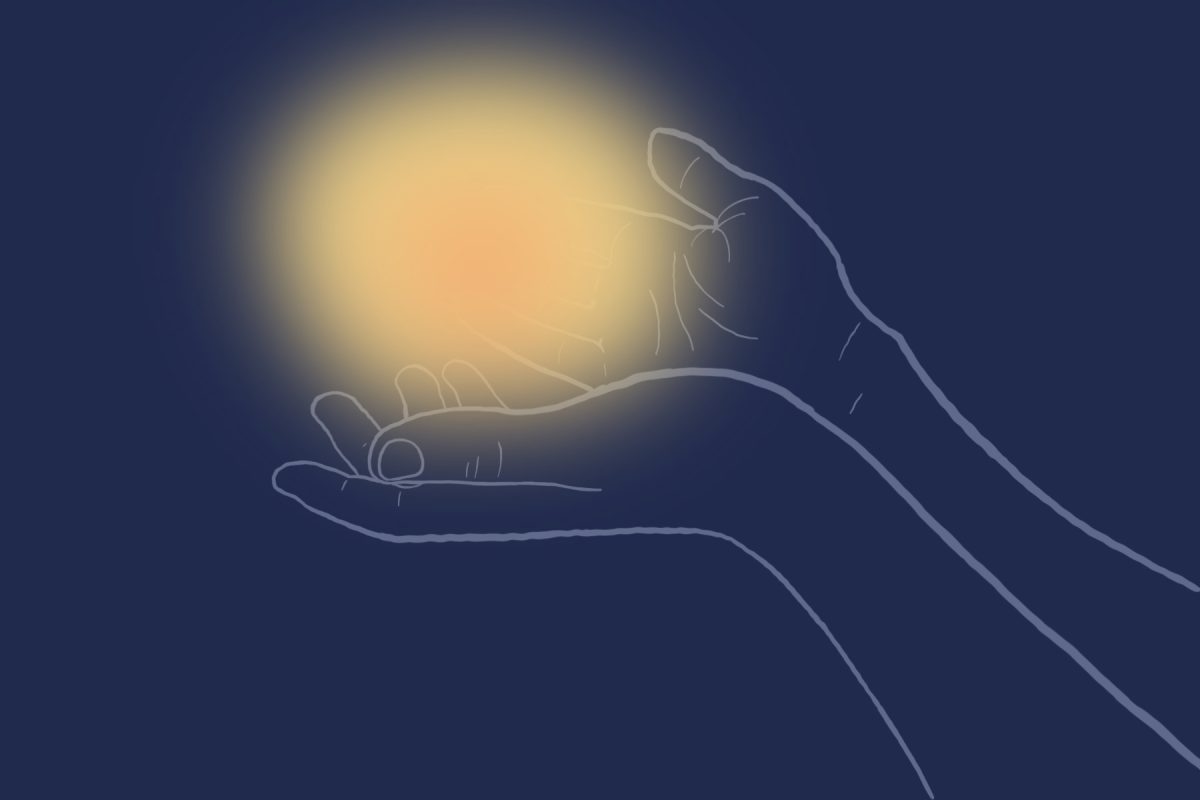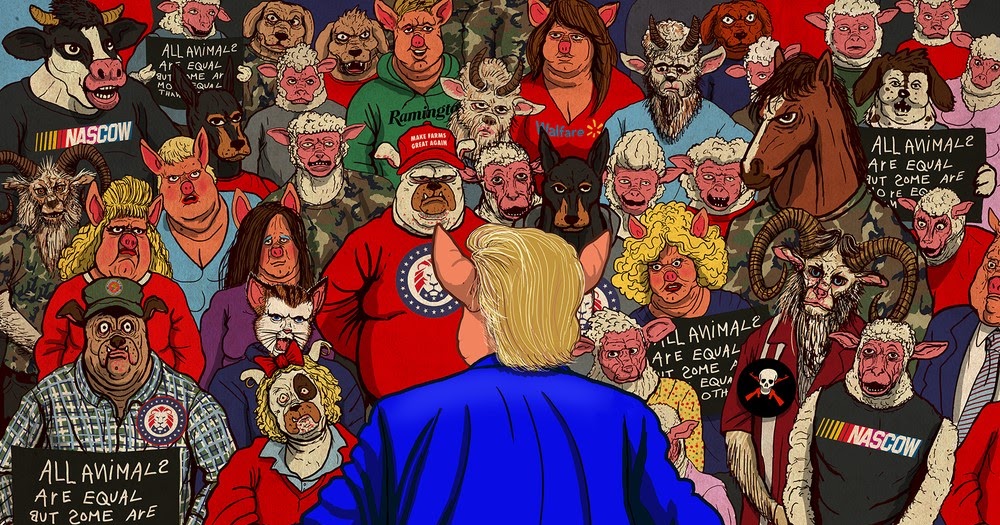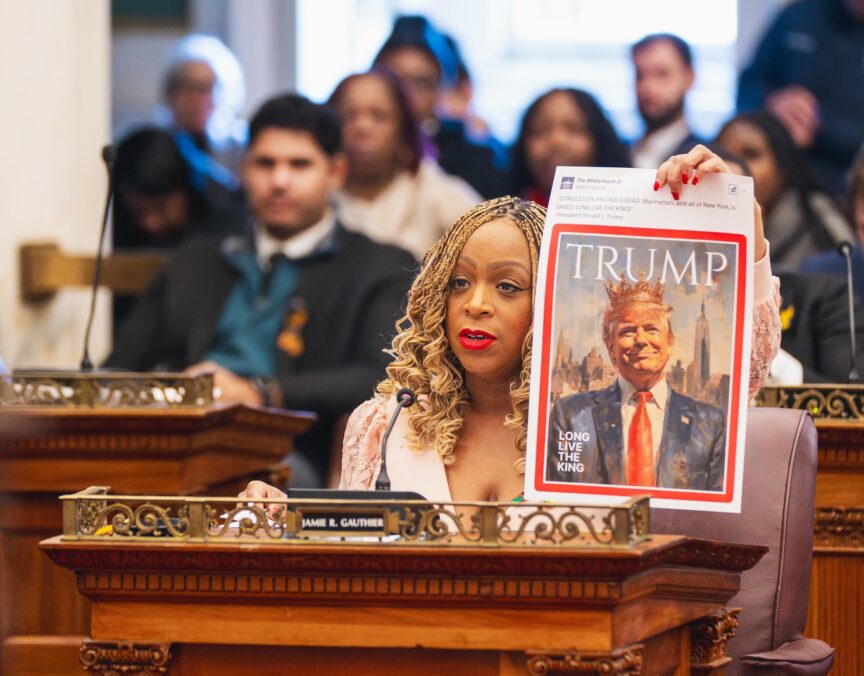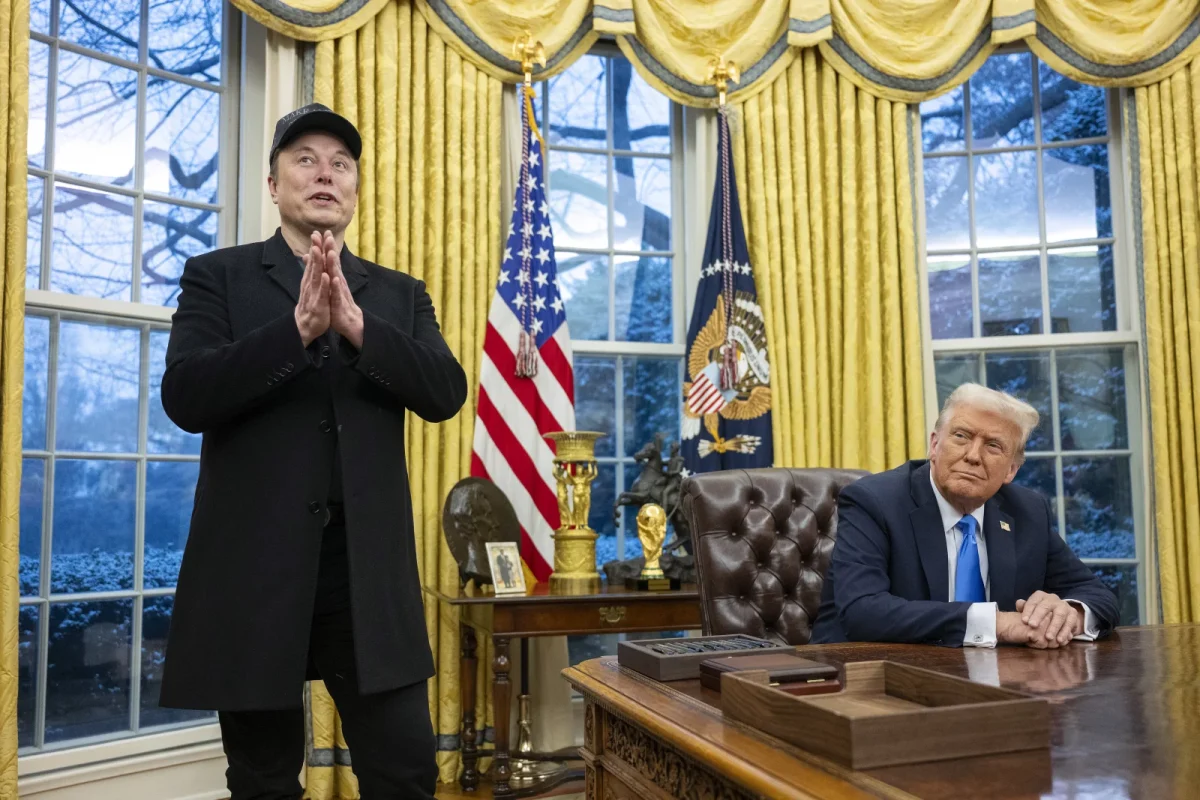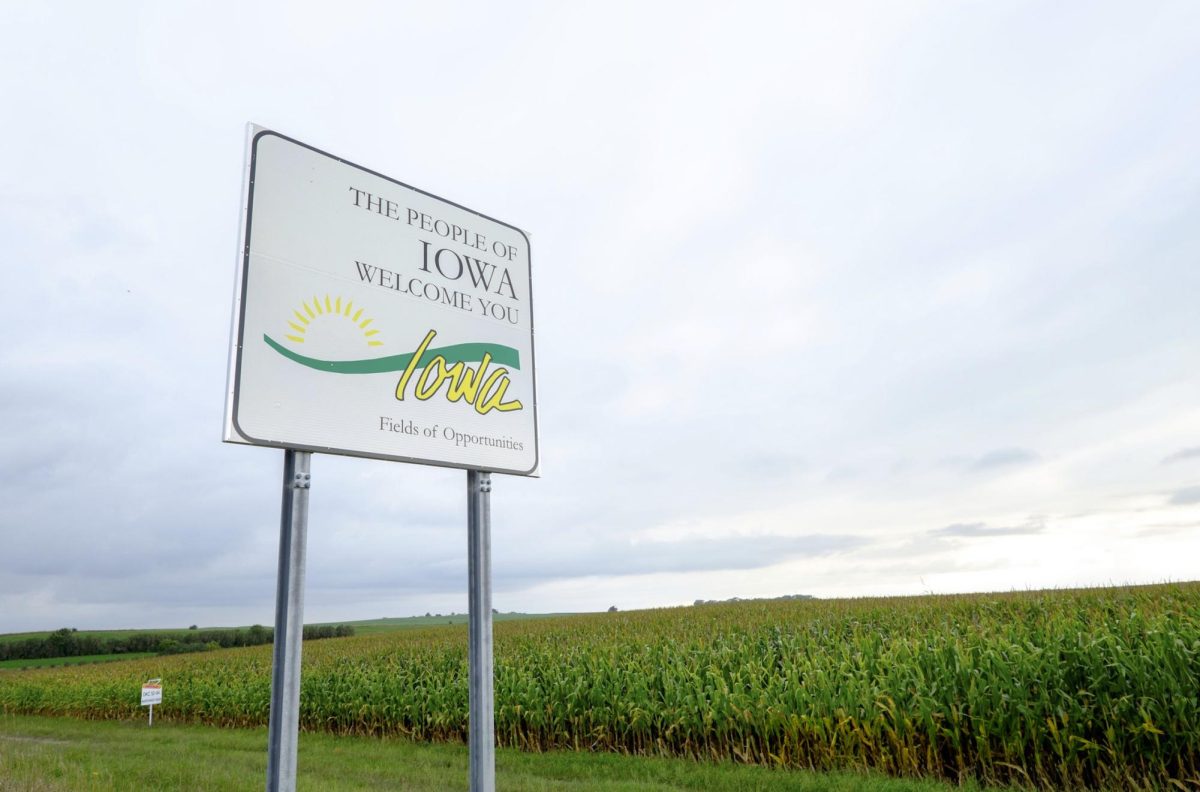“You’re a writer, then?” Sonny asks me as I hastily jot down a few notes from our conversation. He offers me a bright pink beverage in a solo cup, thoughtfully wrapped in a napkin. Ice cubes bob up and down in the fuchsia drink, and I sip at it quickly, the value of Sonny’s handout increasing for every second that Missouri’s summer sun continues to beat relentlessly down upon us and other festivalgoers at the Festival of Nations, held annually in Tower Grove Park in St. Louis. This year the festival took place on Aug. 24 and 25.
“It is one of our bestsellers,” he explains. “Dragon fruit.” Sonny gives me a brief lesson; the distinctly sweet juice mixture is created with dragon fruit, a bright pink berry with leathery skin, native to Central and South America, but now commonly grown in the Philippines, where Sonny is from. “It tastes a bit like flowers,” he says.
Samuel “Sonny” Hernandez was not working that day at one of several stands at the festival offering traditional Filipino foods, though he mentions that his sister is and admits that she is a bit more gifted in the culinary arts than he is. Sonny was instead managing a booth trading Peruvian cuisine. “It is very popular in Virginia and D.C.” he explains. He gives a shout-out to Sardi’s Peruvian Chicken, a chain in the D.C. area founded by two cousins of Greek descent.
A Filipino man running the Peruvian stand; Greek cousins who run a well-renowned chain of Peruvian restaurants. Is Peruvian food simply so good that all other nationalities rush to represent it? I had never even considered Peruvian cuisine before I had attended the festival.
Perhaps, that is exactly the point. An entire world was made visible to me, and all I had to do to gain that perspective was to ask some questions and engage in conversation with someone who had experiences with which I was unfamiliar. In that pursuit, one gains a more comprehensive understanding of the world around them. After all, our perception of the world is shaped considerably by the people who inhabit it. Many people have had their lives enriched by Peruvian cuisine and, for many, the food has become a passion to create and share with others. For some, such as Sonny, the food becomes a livelihood. This specific cuisine, a small piece of the complete fabric of our collective human experience, is a visceral component of the lives of thousands of people, and it is something of which I was largely ignorant of before the festival.
With these thoughts taking shape in my mind, I ask Sonny if he finds there to be a real benefit to the diverse representation of the foods at the festival.
“Oh, yes,” he says and closes his eyes, nodding his head subtly and assuredly. “Definitely.”
He tells me a bit more about the other vendors at the festival, “There are Jamaicans, Latvians, everyone.”
I think the sheer immensity of that diversity is threatening for people at times, and I think that is a fair reaction. The American landscape is unique and often overstimulating. People can become extremist in their views on the way that society ought to organize its social collaboration, especially between groups with obvious delineations based upon things such as ethnicity. Those delineations were highlighted very clearly at the festival by tables, which read in bold lettering the names of the nations they represented. The broader point made by these tables is that delineation is not always a bad thing. It can be done to the benefit of groups, who each desire their own space, their own stage to display their heritage to the world, or amongst themselves.
Kayruka, a girl born in Niger but working in the Cameroonian booth, echoed this point. She kindly shared details about the culture with me despite the busy working conditions at the stand.
“With them being raised in St. Louis, it’s important [to their parents] that their children retain that part of their heritage,” Karyuka said, in reference to the children of the Cameroonian workers at the stand. “The food is an easy way to show people an aspect of how people live in Cameroon.”
Her words put forward an image of immigrants bringing pieces of their home countries with them and creating small spaces of those cultures in new geographical locations. The U.S., it seems, is full of such spaces. Depending on one’s lens, they may see this as infiltration or they may see it as enrichment. If the United States is built in this way regardless, then it seems we ought to make the most of our circumstances by making spaces for all people and their respective cultures.
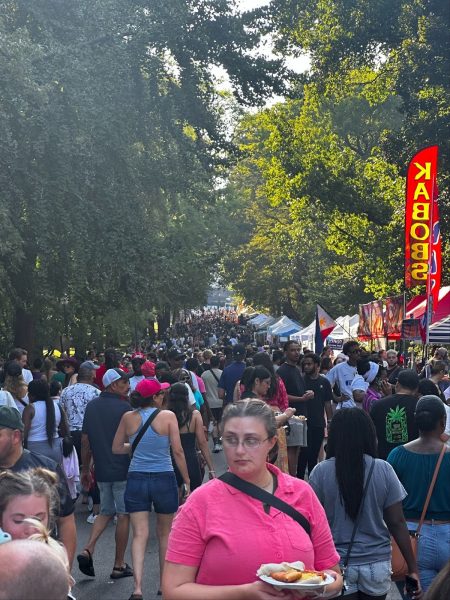
These spaces are inclusive, but they are also unique and personal, and therefore are simultaneously private. The passing down of heritage is the holding onto ideas and customs that make you who you are: what your ancestors have given to you.
Everyone ought to have the right to practice their heritage.
That may be through the precise art of kirigami, practiced for 10 years by a man named Sean, who was taught by his wife, who had studied the art in Hanoi. Now, the two run a shop together, which advertises kirigami art to the St. Louis community. Perhaps it is through the crafting of traditional Iranian footwear by a very polite shopkeeper named Sonya. For those of German descent like me, it might be the simple enjoyment of a bratwurst.
Our identities are multifaceted. We are defined concurrently by many things. Our religion, race, ethnic background and gender all play into our identity. As Americans, we can also consider our unique national identity and find inspiration to understand one another better in that, working together to build up our systems of justice and our pursuit of peace.
We can certainly keep eating each other’s food too.






